According to the book "National Dynasty's Official Annals" , the Nguyen Dynasty had a 12-day Tet holiday, from December 25 to January 7.
King Gia Long established that at the end of each year, on the 13th of December, there would be a ceremony to pay respects to the mausoleum, on the 24th, a ceremony to pay respects to the emperor, and on the 25th, a ceremony to seal the seal. At the beginning of the year, on the 7th of January, there would be a ceremony to open the seal and review the troops.
The Nguyen Dynasty began to apply this model from the Lunar New Year of the year Ky Ty (1809) until later. In addition, later dynasties also had the Thuong Neu ceremony, usually held on the 30th of the 12th lunar month.
The first day of Tet is for fathers, the third day of Tet is for teachers.
During Tet holidays, the Nguyen Dynasty kings usually only held ceremonial activities within the forbidden city, such as the congratulatory ceremony of mandarins and royal relatives on the morning of the first day, the banquet ceremony for high-ranking mandarins, the celebration of the Queen Mother's New Year, incense offering ceremonies to ancestors at Thai Mieu, The Mieu, Phung Tien Temple, temples of meritorious mandarins, lucky money for members of the royal family, mandarins, soldiers...
The image of the buffalo on the Hue Nine Urns
PHOTO: VO THANH
On the third day of Tet, some kings visited their teachers, in accordance with the folk saying "the first day of Tet is for the father, the second day of Tet is for the mother, the third day of Tet is for the teacher".
On the 5th day, the king went on a spring outing, visiting mausoleums, temples and pagodas outside the capital.
On the 7th day, the royal court held the Khai ha (lowering the flagpole) and Khai buu ceremonies. On this day, the officials holding the seal performed a ceremony, then performed the ritual of opening the seal and the seal box symbolizing the beginning of a new working year.
According to the National Dynasty's Official Chronicle , the Nguyen Dynasty kings also held military parades on the 7th day of the first lunar month. Dai Nam Thuc Luc specifically recorded the military parade at the beginning of the new year in the first year of Minh Mang (1820): "Early in the morning of that day, the soldiers of the Thi Trung, Thi Noi, and Than Sach armies all gathered in front of Can Nguyen Palace. They ordered 5 Thi Thu Vien people and 6 ministries (2), each with 3 people, to cooperate with the Ministry of War to review the scores. The king wore velvet uniform and sat in Can Nguyen Palace to watch the parade. The military parade custom began from then on."
Mind the farming
During the Nguyen Dynasty, it was not until the 10th year of Minh Mang (1829) that the Nghenh Xuan and Tien Xuan ceremonies began. This was carried out according to the proposal of the Ministry of Rites. The Ministry of Rites requested: "Welcoming spring is to bring harmony and is also a way to build and help, and using a whip to beat a buffalo is to encourage plowing and farming, and also implies the importance of agriculture. Now that our Emperor is taking care of the people's livelihood and paying attention to agriculture, anything related to encouragement should probably be done according to the ancients' example."
Preparing for the ancient Tich Dien ceremony
PHOTO: DOCUMENT
This ministry also discussed with King Minh Mang that: "As for the Tien Xuan ceremony, in addition to the Mang Than and the Earth Buffalo, there is also the Spring Mountain, which is truly a great event of the peaceful period. Every year, the Right Ty will be assigned to prepare the Mang Than and the Earth Buffalo in 3 ministries, and the Spring Mountain will be placed in 2 positions. One day before the beginning of spring, the Thua Thien government will set up an altar to perform the ceremony in Dong Giao, called the Nghenh Xuan ceremony. After the ceremony, the two Mang Than, Earth Buffalo, and Spring Mountain altars will be brought to the Ministry of Rites. On the beginning of spring, the Ministry officials, along with the Kinh Doan and the Kham Thien Giam, all wearing royal costumes, will bring them to Tien Tho and Hung Khanh gates. The eunuchs will receive and present them, calling it Tien Xuan. The remaining Mang Than and Earth Buffalo altar will be displayed in the government office, and the Kinh Doan will hit the buffalo with 3 whips to encourage plowing and planting", the king followed this discussion.
Like the Le Dynasty, the Nguyen Dynasty chose to place the altar outside the main gate of the Eastern Capital. The spring procession was solemnly held. The officials of the Admiral, the Governor, the Governor... all had to wear red or purple clothes, following the ceremonial band, the ceremonial flag, the umbrellas, and carrying the Mang Than and Trau Dat altars to the Ministry of Rites and left there.
Early in the morning of the first day of spring, the Ministry of Rites, together with the Thua Thien Palace and the officials of the Imperial Astronomical Institute, all wore court uniforms and carried two earthen buffaloes and the Mang Than with full umbrellas, parasols, royal music, and ceremonial symbols. Then, they divided themselves to wait outside the Tien Tho and Hung Khanh gates. At the auspicious hour, the officials of the eunuchs received and presented them. At this time, the Thua Thien Palace official returned to the palace, brought out the buffaloes and beat them three times to symbolize the encouragement to plow.
The Tien Xuan and Nghenh Xuan rituals, worshiping the god Cau Mang during the Nguyen Dynasty, have been restored at the Imperial Citadel of Thang Long and the Ancient Capital of Hue, to restore traditional customs as well as to demonstrate the encouragement of agriculture.
The Tich Dien plowing ceremony was often held by Nguyen Dynasty kings in February (the month of Trong Xuan), starting from the reign of King Minh Mang onwards. (to be continued)
(Excerpt from the book Tet in the Golden Place recently published by Ho Chi Minh City General Publishing House)
Thanhnien.vn
Source: https://thanhnien.vn/tuc-le-hay-dau-nam-nghenh-xuan-va-khuyen-khich-nghe-nong-185250203220455648.htm


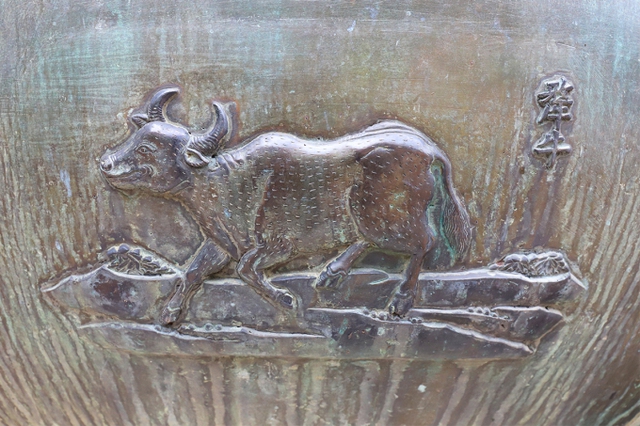
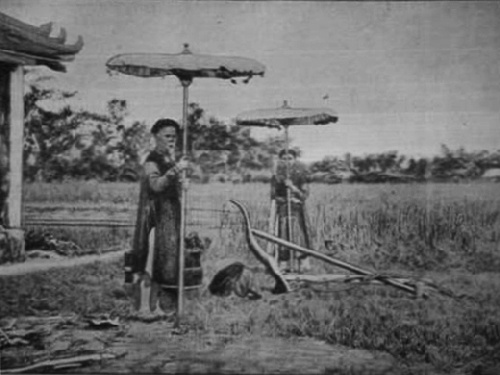
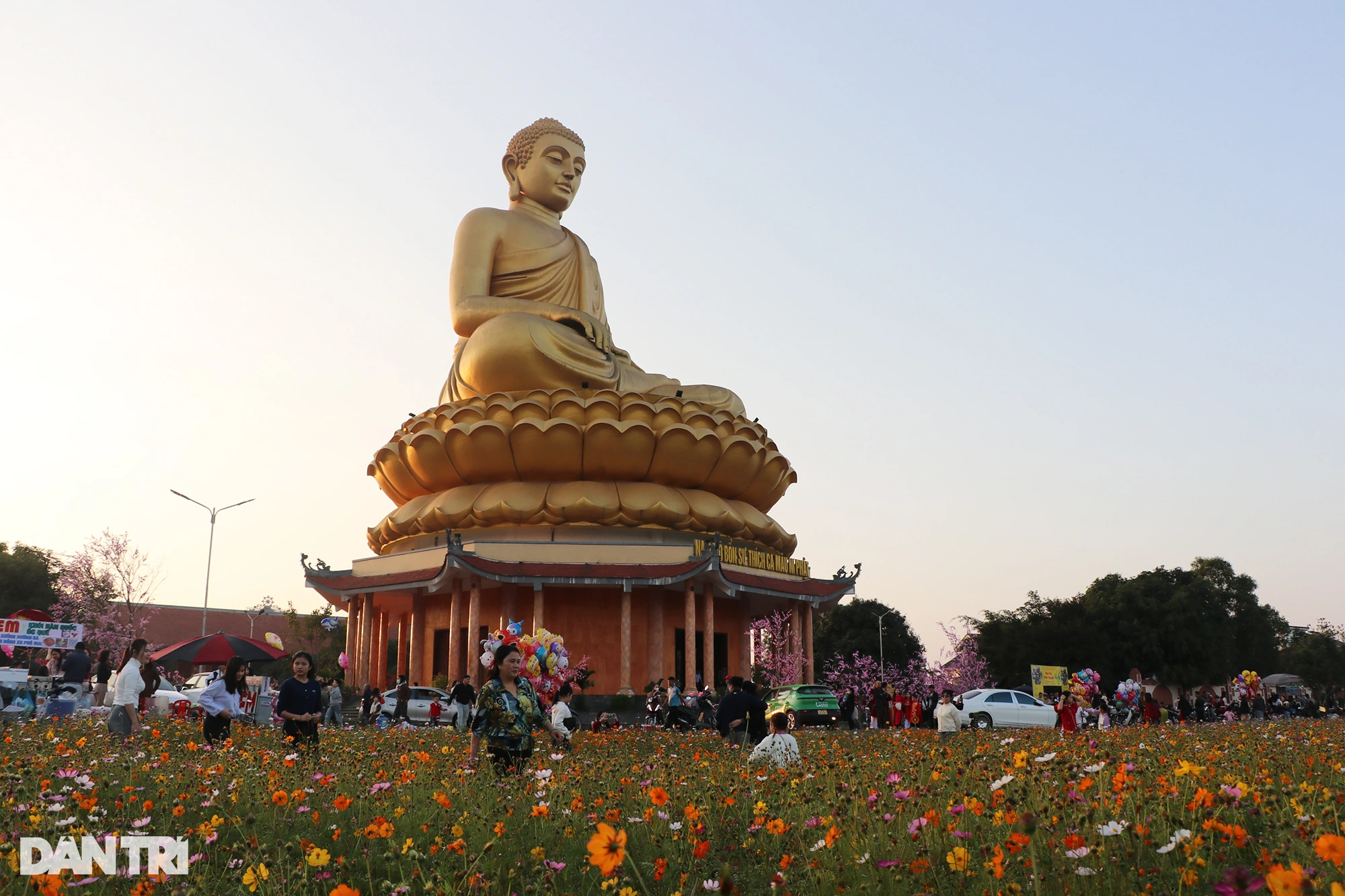
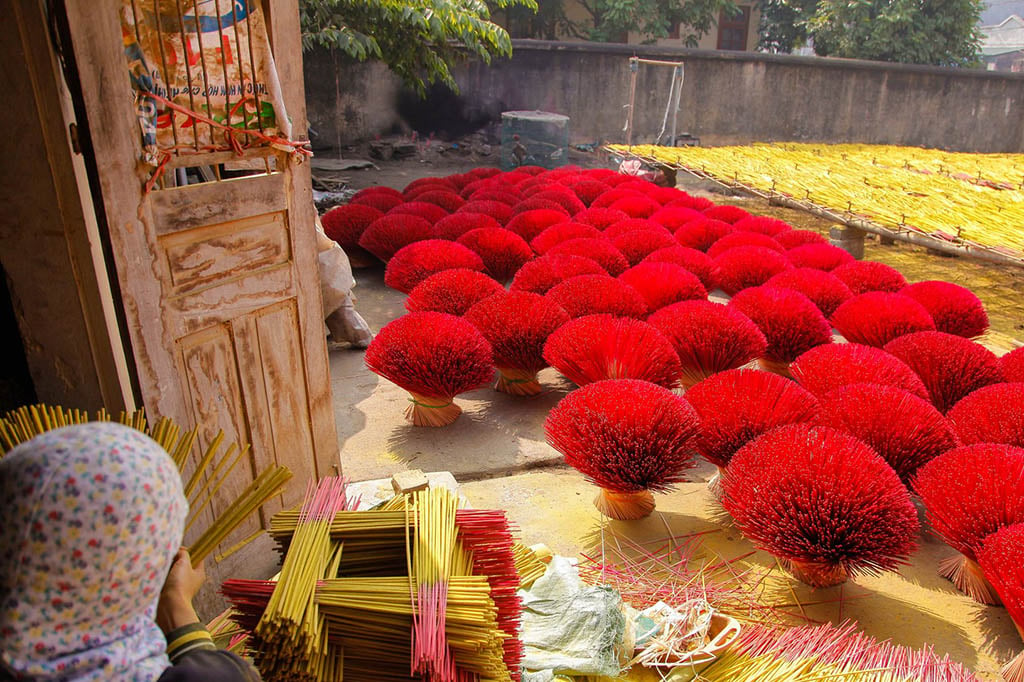


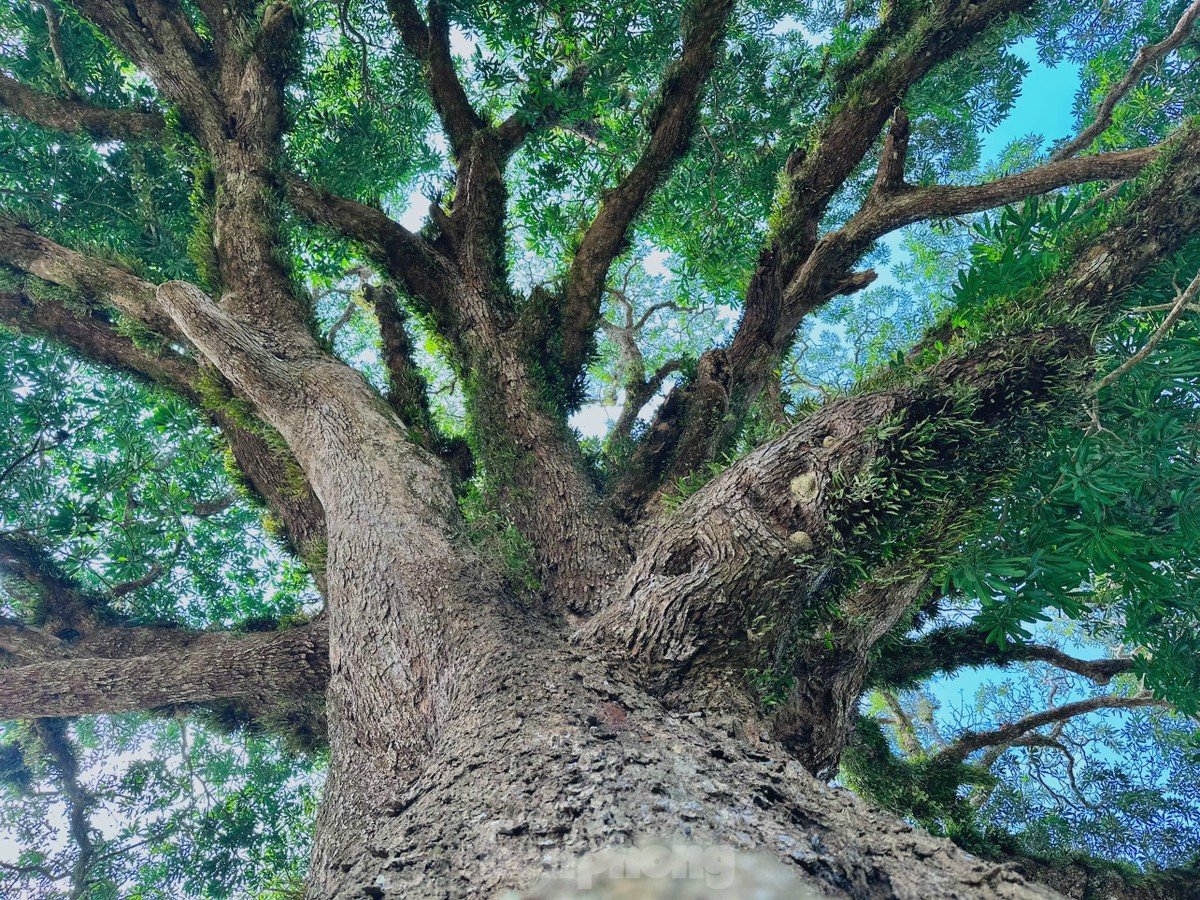















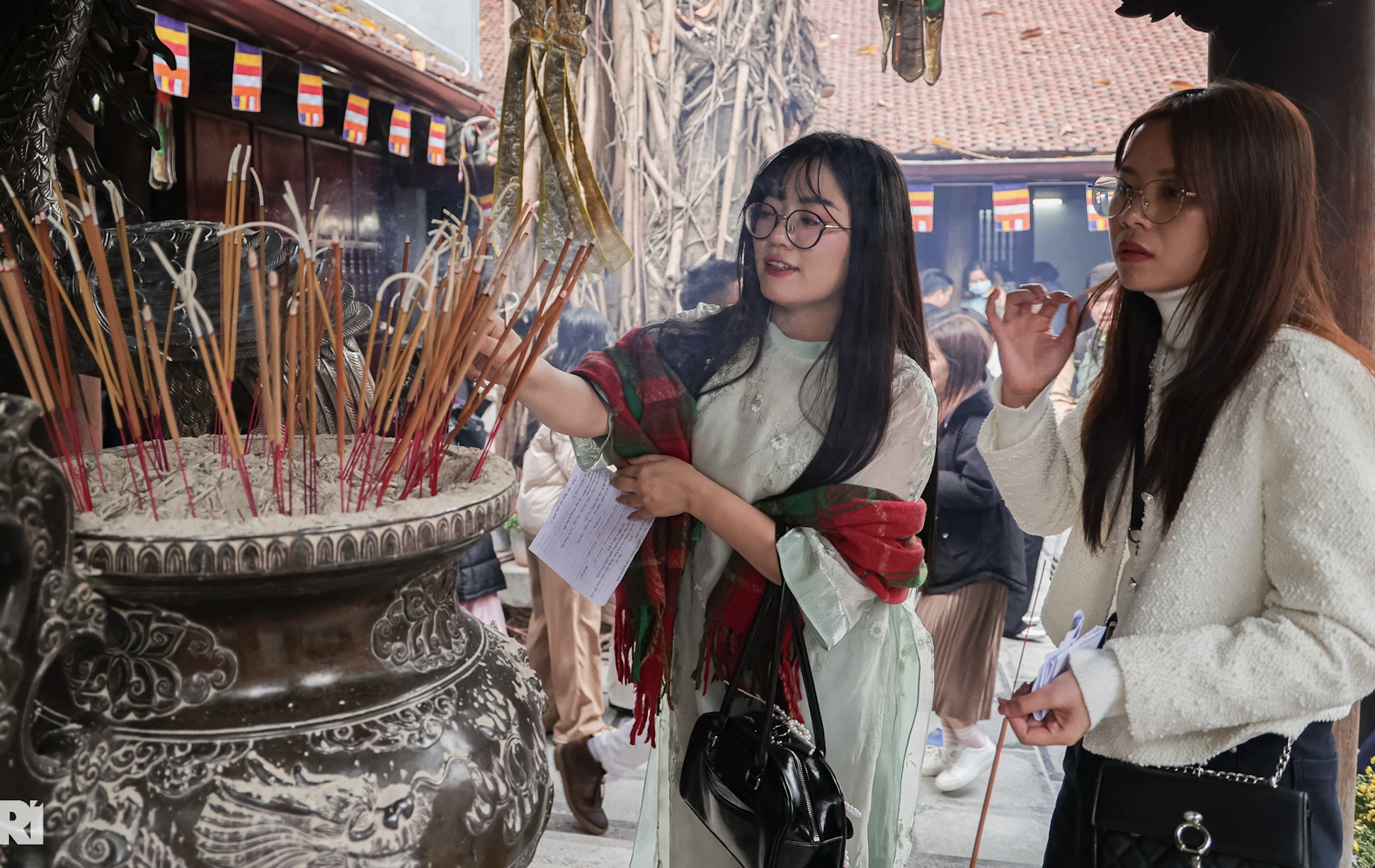

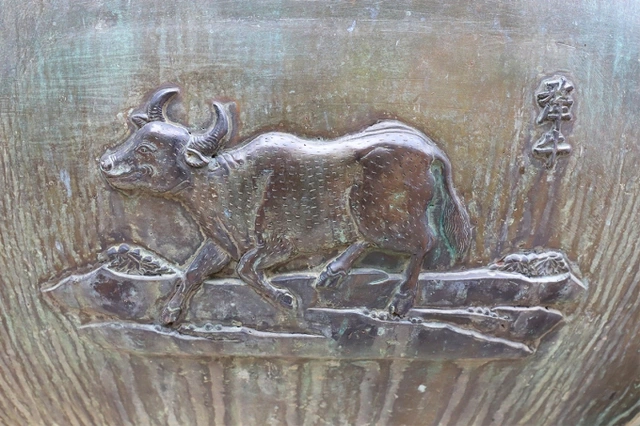
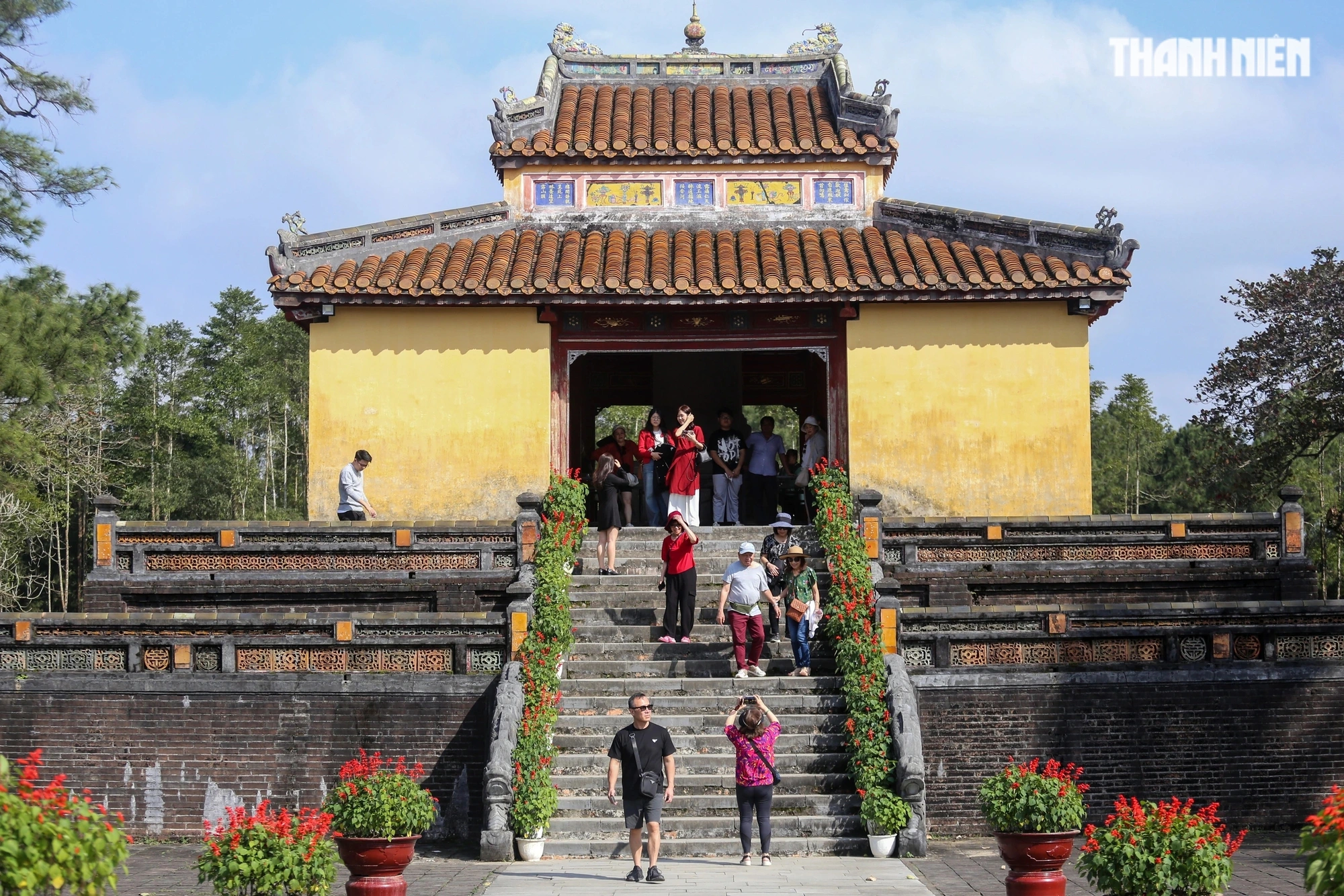
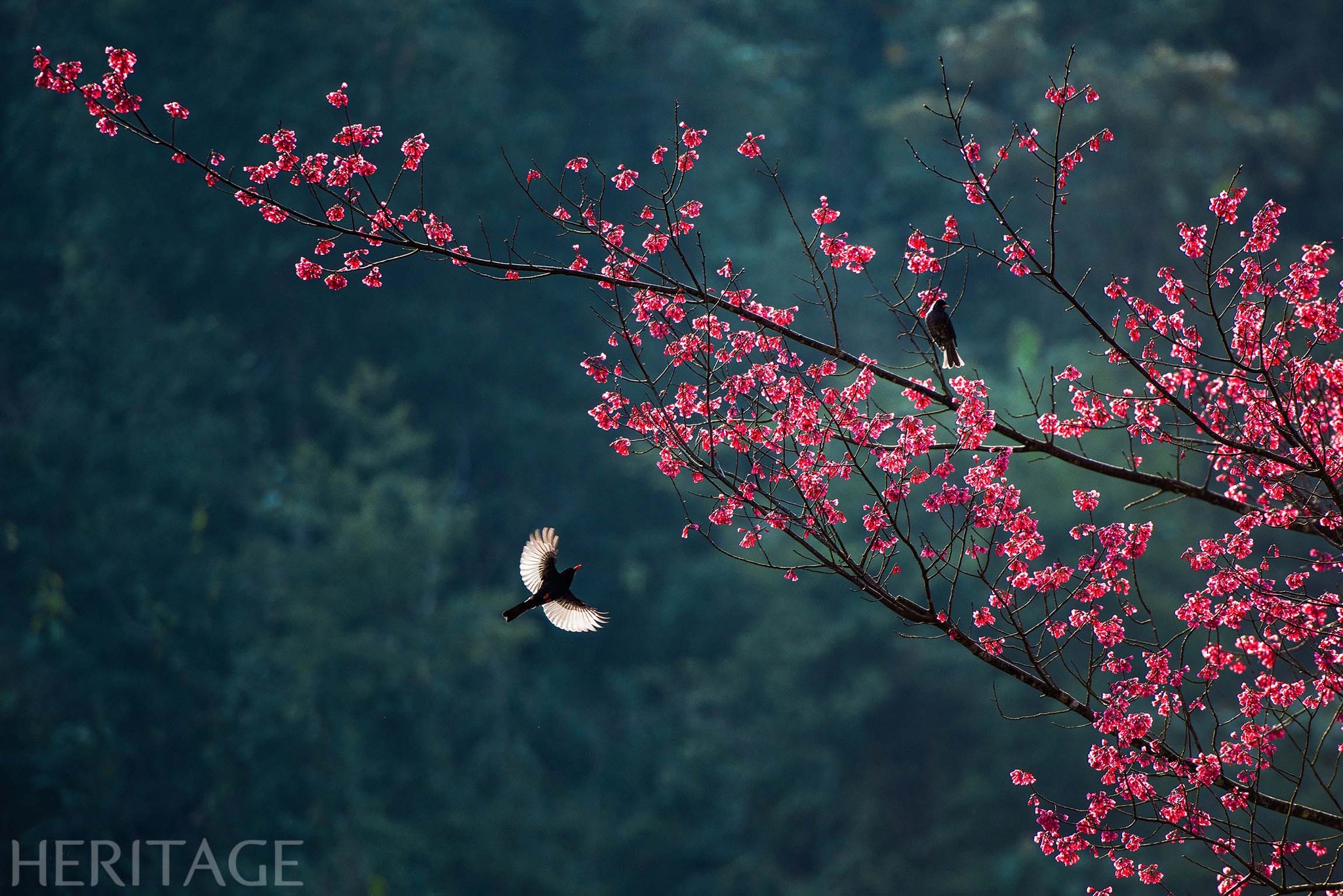

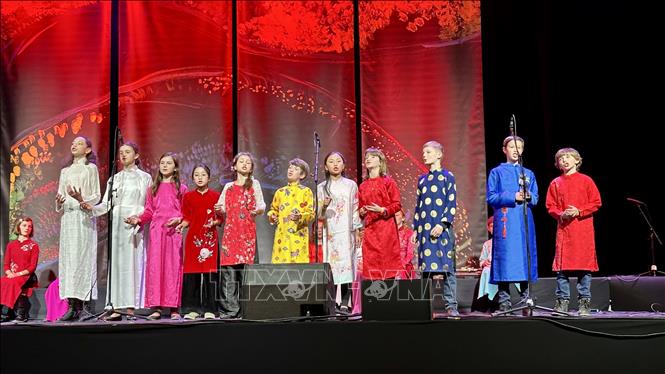


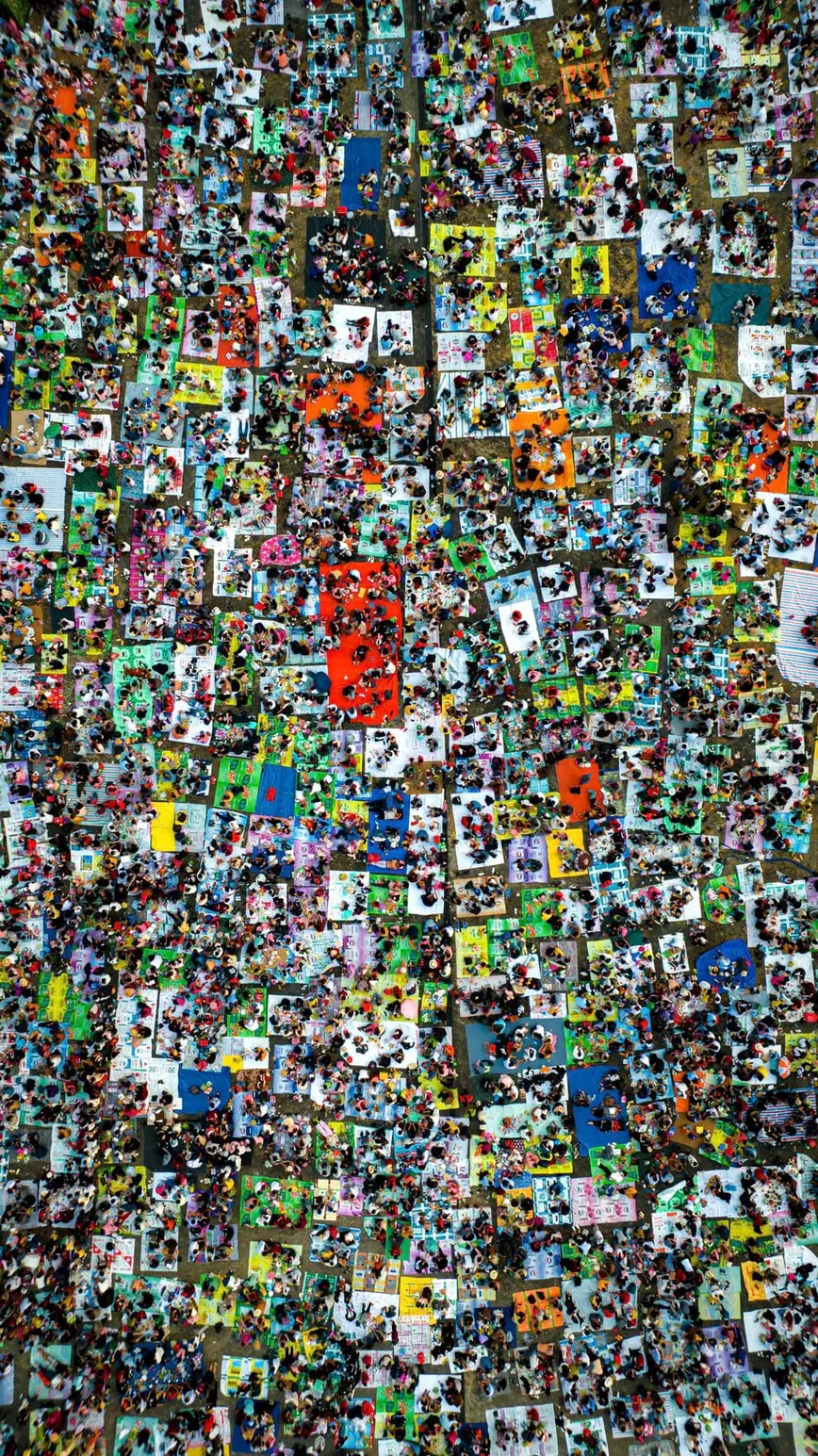

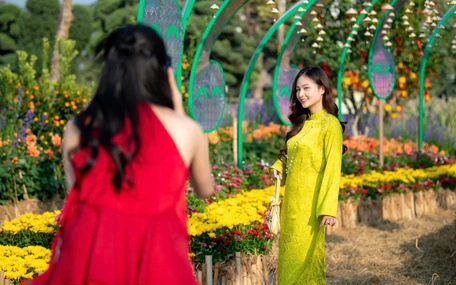


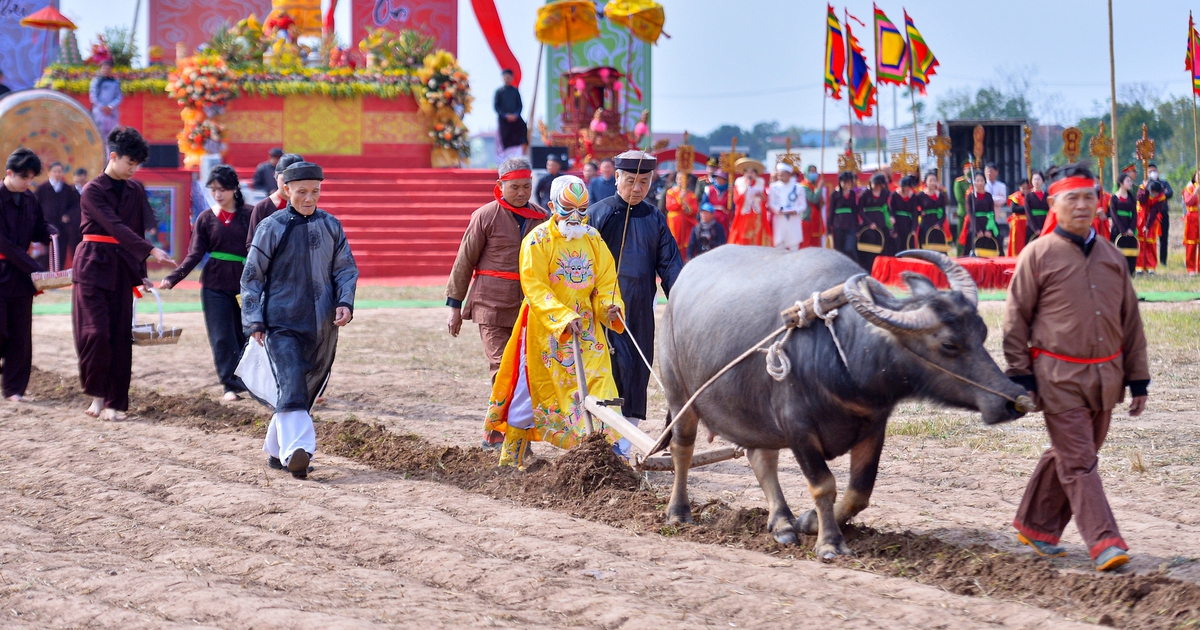



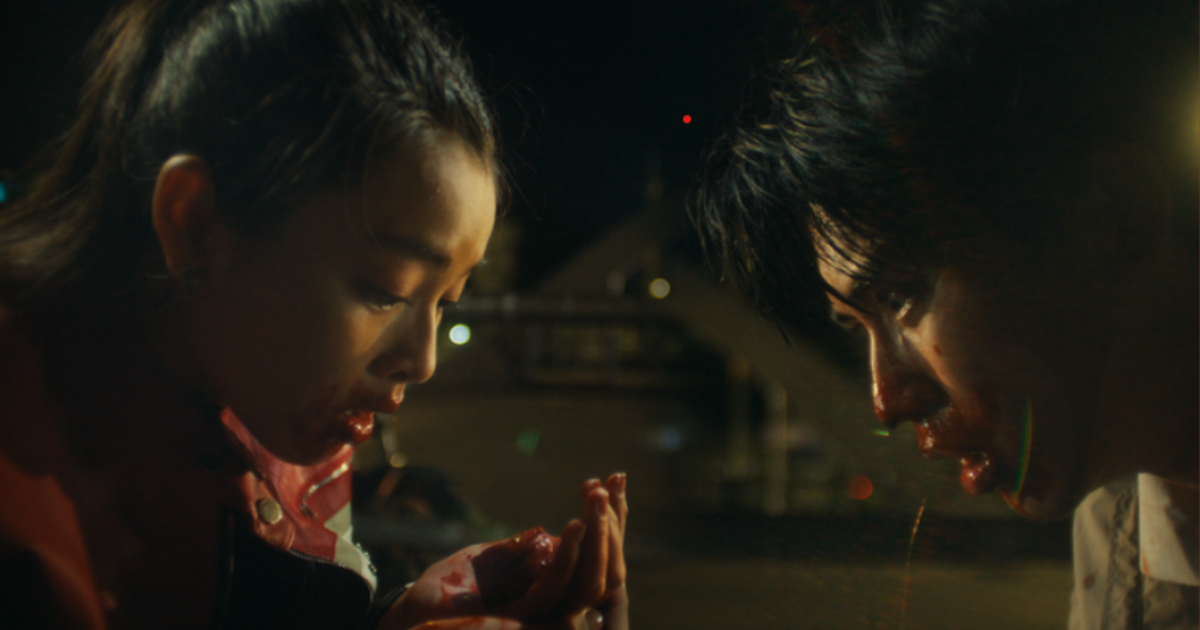


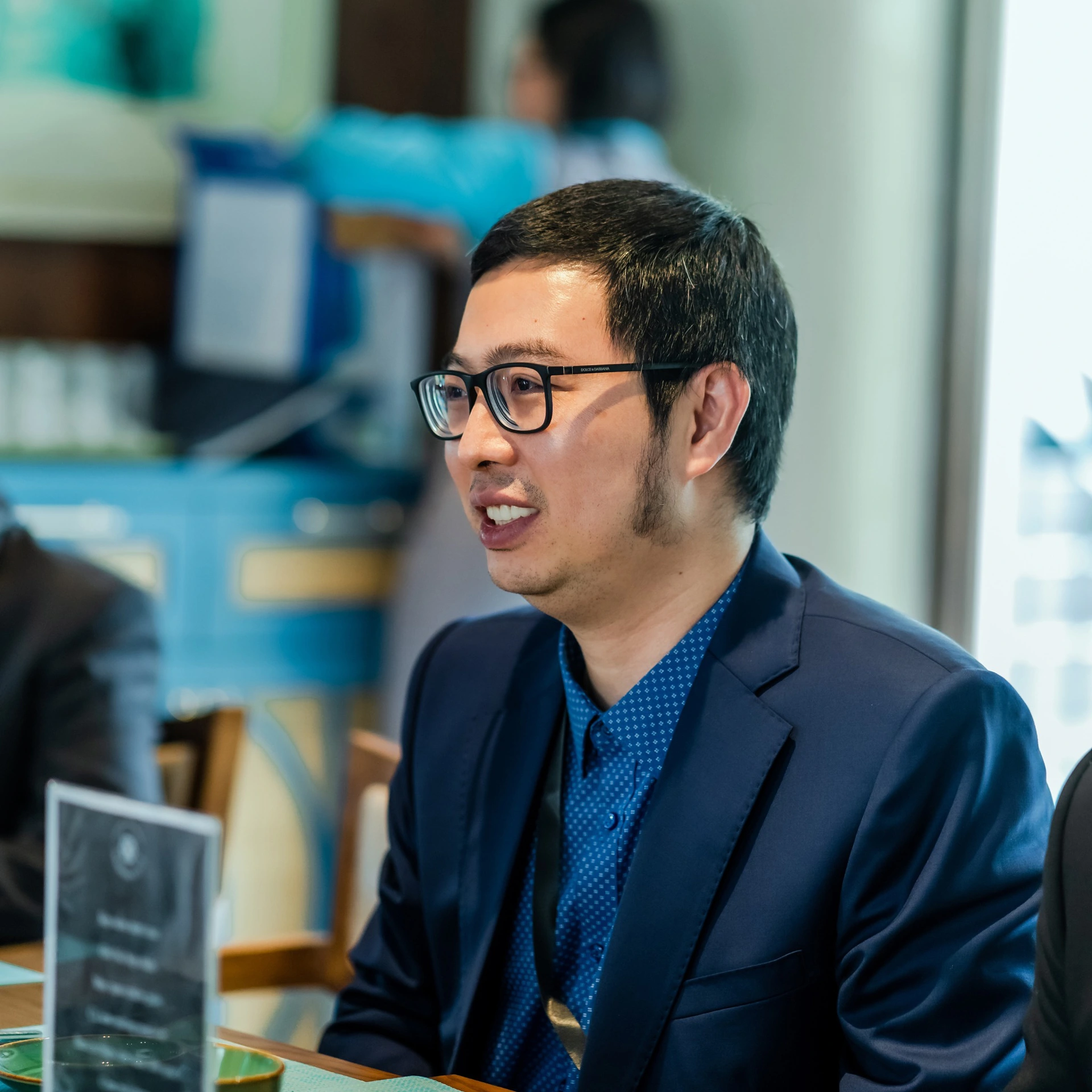



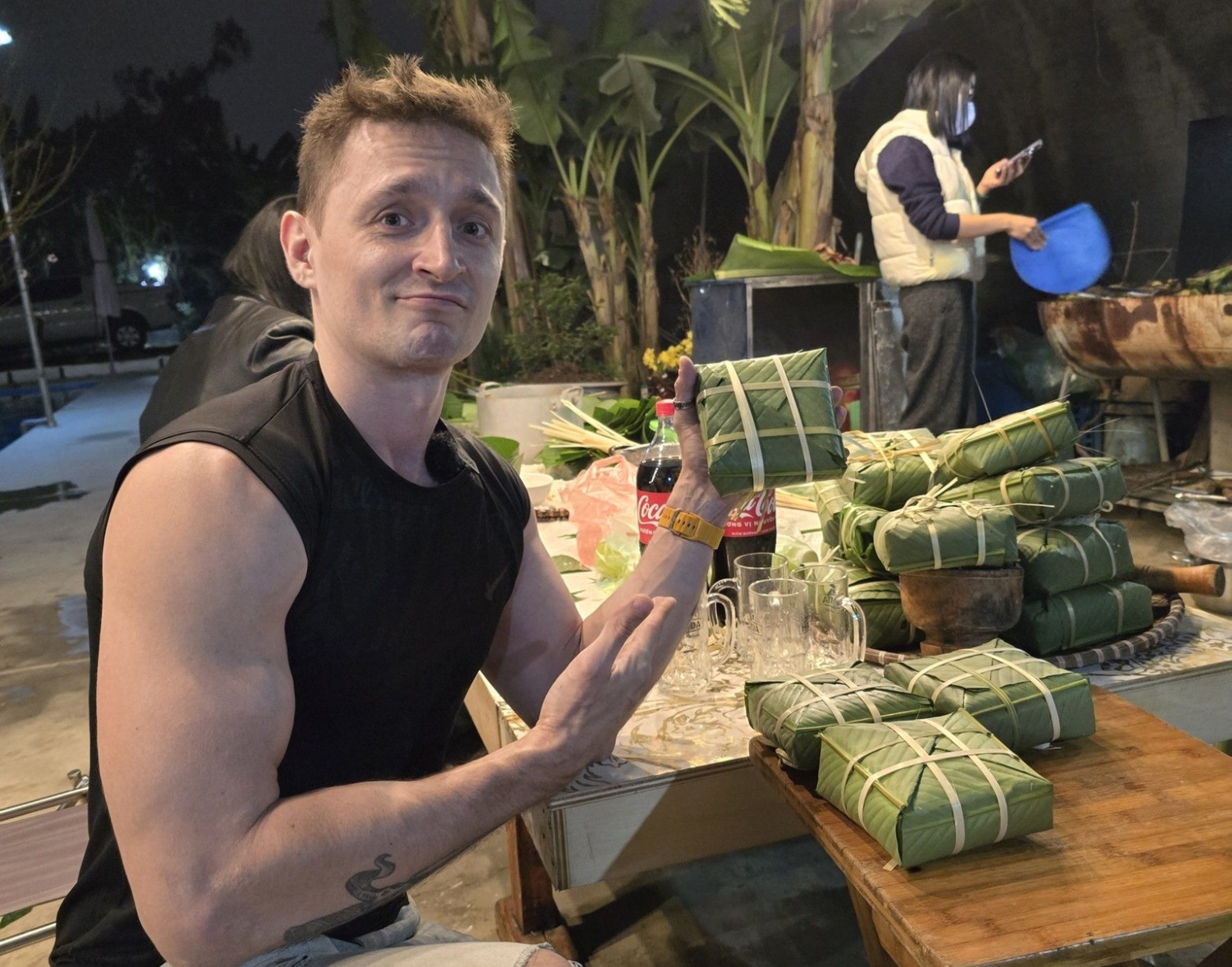

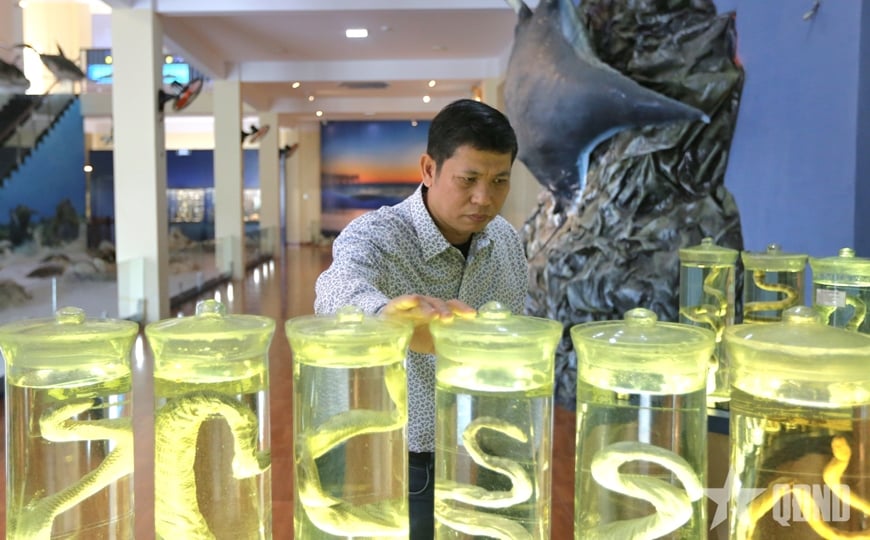





Comment (0)